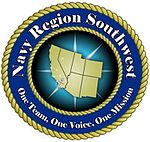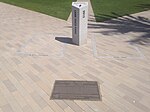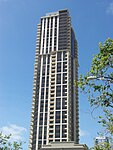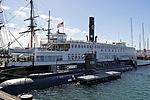USS Midway (CV-41)
1945 ships2004 establishments in CaliforniaAerospace museums in CaliforniaCold War aircraft carriers of the United StatesGulf War ships of the United States ... and 11 more
Landmarks in San DiegoMidway-class aircraft carriersMilitary and war museums in CaliforniaMuseum ships in San DiegoMuseums established in 2004Naval museums in the United StatesPages with non-numeric formatnum argumentsSan Diego BayShips built in Newport News, VirginiaVietnam War aircraft carriers of the United StatesWorld War II aircraft carriers of the United States

USS Midway (CVB/CVA/CV-41) is an aircraft carrier, formerly of the United States Navy, the lead ship of her class. Commissioned 8 days after the end of World War II, Midway was the largest ship in the world until 1955, as well as the first U.S. aircraft carrier too big to transit the Panama Canal. She operated for 47 years, during which time she saw action in the Vietnam War and served as the Persian Gulf flagship in 1991's Operation Desert Storm. Decommissioned in 1992, she is now a museum ship at the USS Midway Museum, in San Diego, California, and is the only remaining inactive U.S. aircraft carrier that is not an Essex-class aircraft carrier.
Excerpt from the Wikipedia article USS Midway (CV-41) (License: CC BY-SA 3.0, Authors, Images).USS Midway (CV-41)
North Harbor Drive, San Diego
Geographical coordinates (GPS) Address Phone number Website External links Nearby Places Show on map
Geographical coordinates (GPS)
| Latitude | Longitude |
|---|---|
| N 32.713789 ° | E -117.17494 ° |
Address
USS Midway Museum (USS Midway)
North Harbor Drive 910
92101 San Diego
California, United States
Open on Google Maps









